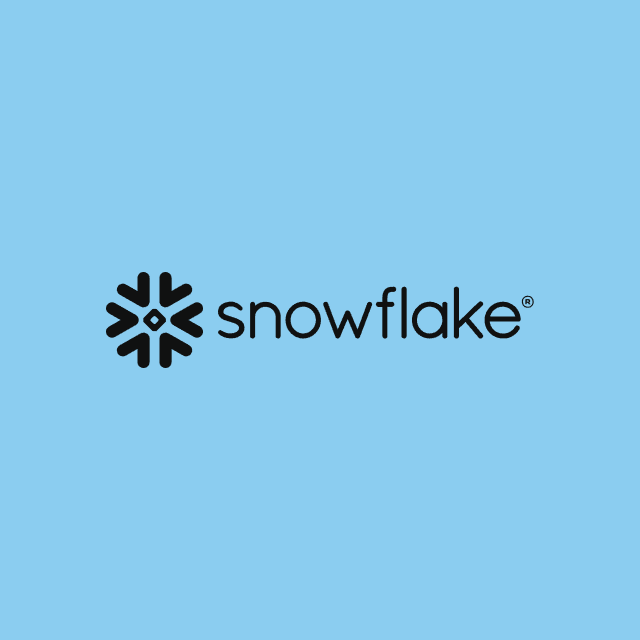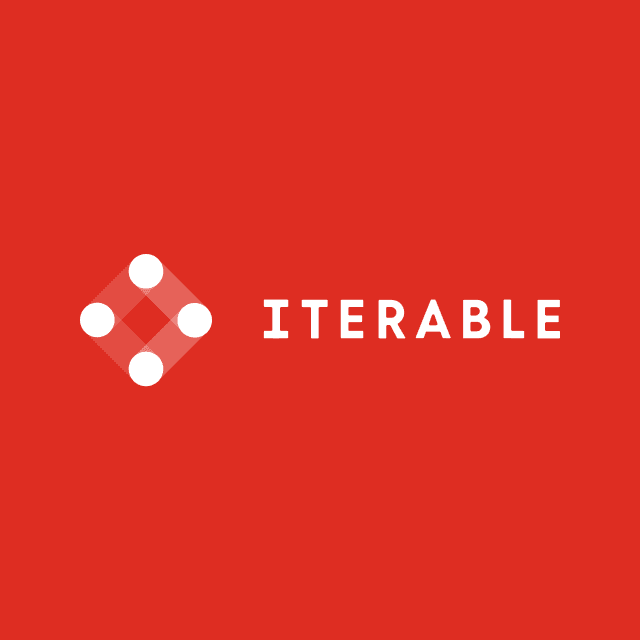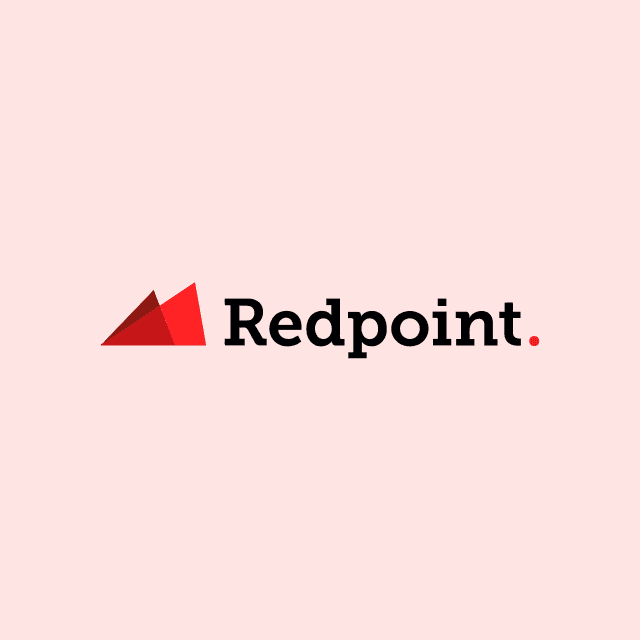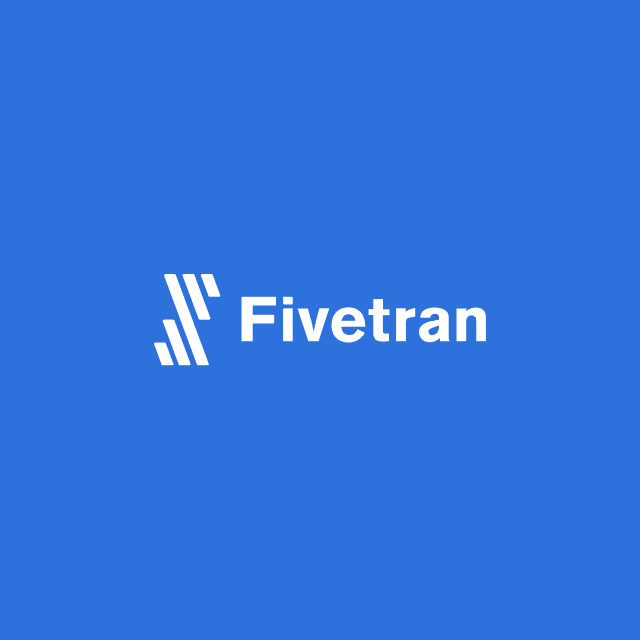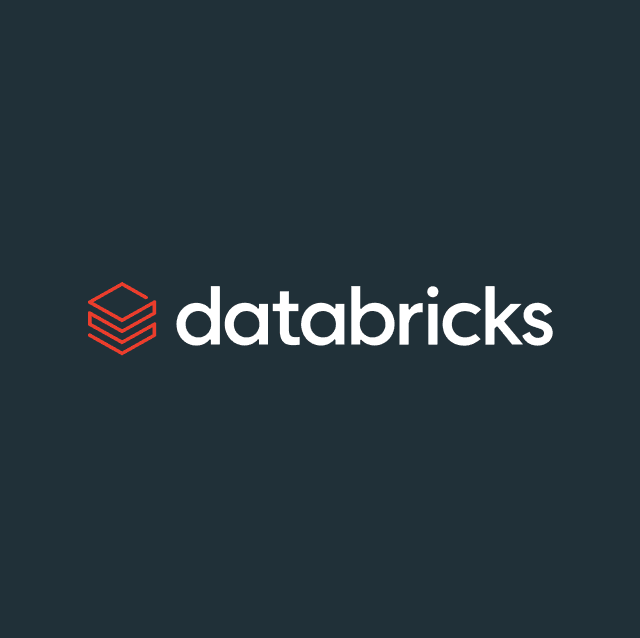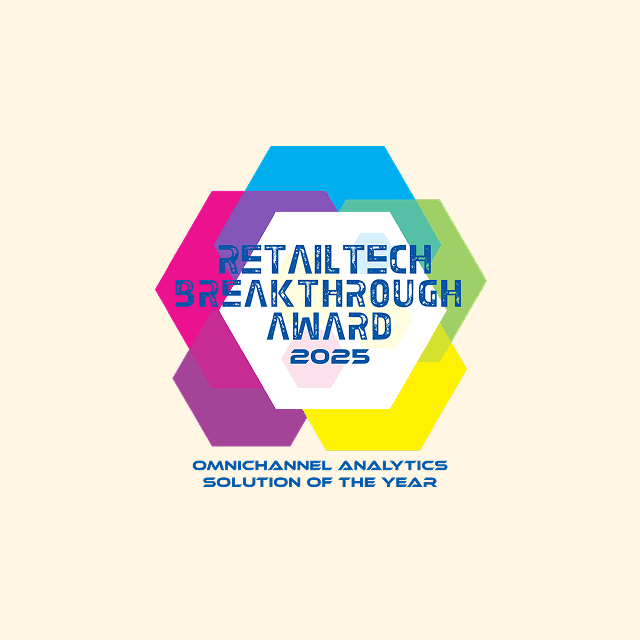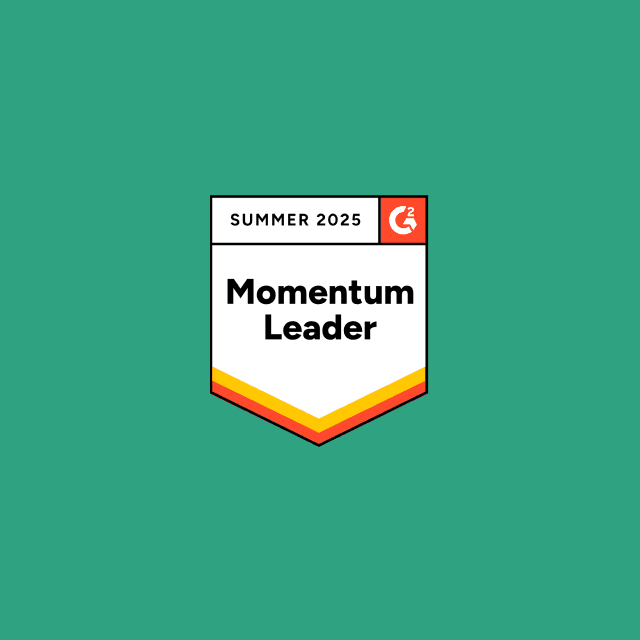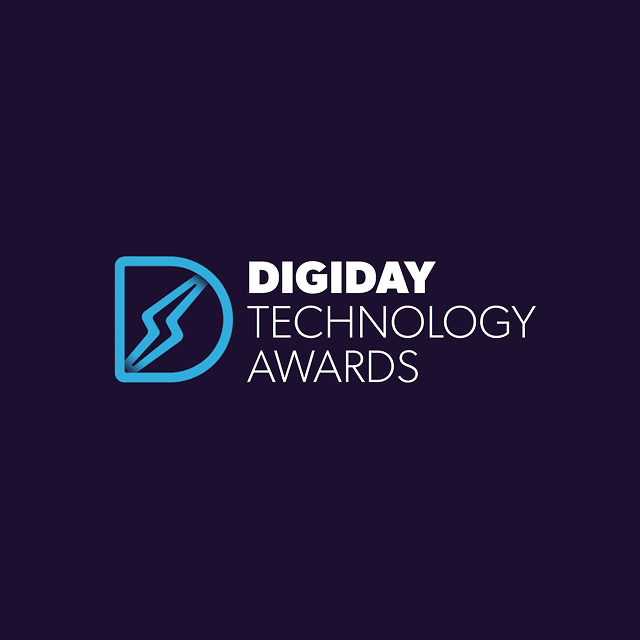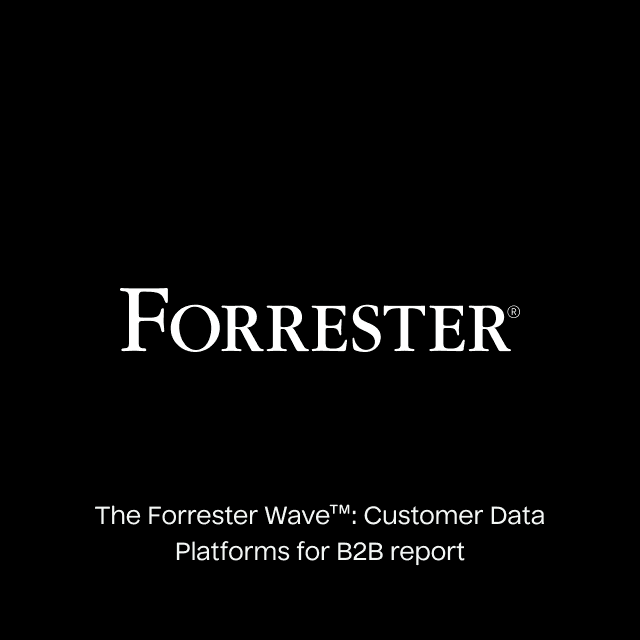If you’re an existing Salesforce customer looking for an enterprise customer data platform, chances are your Salesforce rep is trying to sell you Salesforce Data Cloud. So is Salesforce Data Cloud the best choice, or are there better alternatives?
This article will cover:
- What is Salesforce Data Cloud?
- How does Salesforce Data Cloud work?
- Pros and cons of Salesforce Data Cloud
- What are the alternatives to Salesforce Data Cloud?
What is Salesforce Data Cloud?
Salesforce Data Cloud is a data lake built on Apache Iceberg which helps consolidate and unify all the data across your various Salesforce organizations into a single unified layer so you can build unified customer profiles.
This product formerly used to be known as Salesforce CDP, and the whole goal of the platform is to enable seamless data access across your organization so your business users can build and deliver rich customer experiences using all of your Salesforce data–not just what’s available in their end application.
How Does Salesforce Data Cloud Work?
Salesforce Data Cloud provides various CDP features, such as data collection, identity resolution, and audience management.
- Data Collection: Data Streams is the feature that powers all of Salesforce data collection and provides a connection for various sources like Salesforce Marketing Cloud, Salesforce CRM, and Commerce Cloud. Salesforce provides software development kits (SDKs) for web, mobile, and server-side tracking.
- Data Storage: Any data collected or ingested into the data cloud is stored in a data lake built on Apache Iceberg.
- Data Modeling: Any data ingested into Salesforce remains in its raw format until you perform transformations to join and merge that data together using a visual UI.
- Identity Resolution: Salesforce provides an identity resolution solution that lets you match and link multiple data sources into a single customer identity via data mapping processes.
- Audience Management: Salesforce allows you to create segments of your customers so you can target and analyze specific cohorts.
- Activation: Salesforce Data Cloud lets you easily send data to other Salesforce applications so it can be used directly in their tools, aiding the different use cases across your other Salesforce tools.
Pros and Cons of Salesforce Data Cloud
Here is a quick summary of Salesforce Data Cloud's pros and cons to help you decide if it’s right for you.
Pros
If you are already entrenched in the Salesforce ecosystem, you’ll benefit from the time they spend on engineering to ensure the integrations are well constructed. The platform also offers bi-directional support for data warehouses so you can access more than just the data in Salesforce. And the underlying architecture of Data Cloud is built on Apache Iceberg, which makes it more flexible than other CDPs.
Cons
Salesforce Data Cloud has a steep price tag, starting at $108,000 yearly for the starter version, with pricing linked to a consumption-based model, where you can easily consume credits by using features. Essential CDP features, like audience building and activation, are available only as paid add-ons, increasing costs. If you rely on third-party software, double-check the integrations Salesforce supports as their catalog is very limited. Any data you ingest into Salesforce must be mapped to a rigid Salesforce data model, making handling complex data objects problematic.
What are the Alternatives to Salesforce Data Cloud?
Salesforce Data Cloud is a great option if you're already heavily invested in the Salesforce ecosystem. But what if you don't use any Salesforce products? Here are some alternatives to consider.
Hightouch
Hightouch is a composable CDP that provides access to all your customer data so you can power all your marketing use cases by having the data you need in your end tools. The platform sits on top of your data warehouse and provides access to not only clickstream data, but also online and offline data. Hightouch also provides the tools you need, like data collection, identity resolution, and analytics, in a composable approach where you can select the products you need rather than pay for features you might not use. With access to the data warehouse, you can leverage your existing data models regardless of their complexity.
Adobe Real-Time CDP
Adobe Real-Time CDP, part of the Adobe Experience Cloud, creates unified customer profiles for marketing. The platform integrates smoothly with Adobe products like Target, Analytics, and Marketo, using a data lake for efficient data storage. A key feature is its data clean room, enabling anonymous data sharing to merge customer profiles while ensuring privacy. The Adobe Experience Platform AI Assistant automates tasks and provides insights for better customer journeys.
The platform excels in audience management with segmentation and predictive lead-scoring tools, maintaining data privacy across campaigns. These features make Adobe CDP ideal for managing customer data and executing personalized marketing within the Adobe ecosystem.
mParticle
mParticle is a CDP tailored for enterprise companies, especially those requiring advanced mobile event tracking solutions. It excels in handling complex data environments, providing comprehensive tools for data collection, transformation, and integration. Recent acquisitions have bolstered the company's analytics and AI capabilities, and it has also recently launched new capabilities to integrate with data warehouses.
Treasure Data
Treasure Data started as a big data platform and evolved into a CDP for developers and enterprises, focusing on collecting and transforming customer data to build cohorts for personalized marketing. It uses a data lake architecture with Hive and Presto. Its Real-Time 2.0 CDP integrates batch and real-time processing, including real-time identity unification and personalization. The platform features AI capabilities with over 20 pre-built machine-learning models and a Generative AI Copilot. However, implementing Treasure Data requires significant technical expertise, and its reliance on older technologies like Presto and Hive may be a drawback compared to newer data warehouses like Snowflake.
Closing Thoughts
Salesforce has many great products, like Service Cloud and Marketing Cloud, but the problem with Salesforce Data Cloud is that your ability to segment audiences is strictly limited to the data available in Data Cloud. And everything has to tie back to Salesforce's proprietary data model. Actually, implementing and standing this product up can be quite a hassle as well, and if you need to support use cases outside of the Salesforce ecosystem, you're going to run into problems, and everything has to tie back to Salesforce's proprietary data model. The platform is still very underdeveloped and comes with a heavy price tag.
With a Composable CDP like Hightouch, you unlock all of the benefits of a traditional CDP without the underlying baggage and complex architecture. Hightouch simply sits as a layer on top of your data warehouse, so your marketers can easily build audiences in a no-code UI, and your data team can maintain strict governance and security over your data. The fact that Hightouch runs on top of your infrastructure means it can support your most complex data or any object unique to your business (e.g., subscriptions, households, insurance plans, etc.) Best of all, the platform integrates with over 250+ destinations, including Salesforce Marketing Cloud.
If you’re interested in learning more, book a demo with one of our solutions engineers today.




